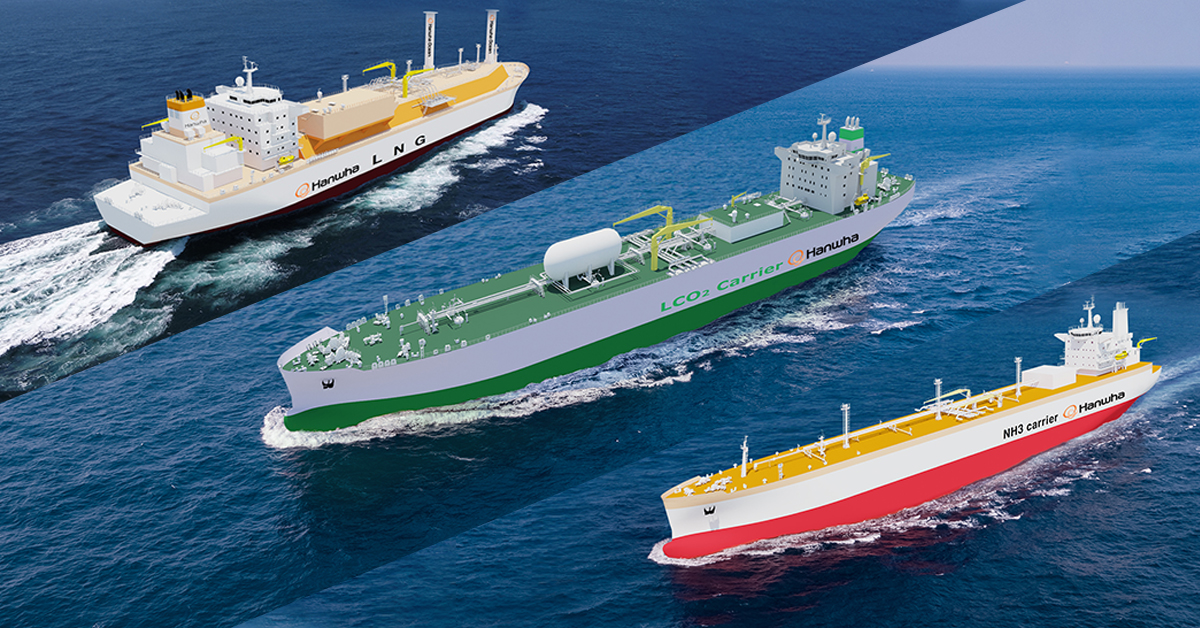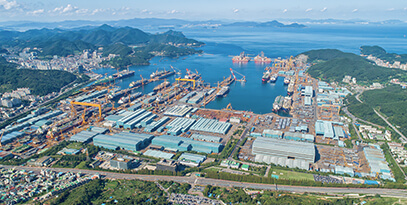Diving Into Decarbonization: Onboard Carbon Capture
and Storage and Its Role in Maritime Net Zero Efforts

The world’s oceans connect us all and provide pathways to the far ends of the Earth. These vast channels have enabled innovation within the maritime sector to flourish and marine shipping to become a major vessel of transport.
However, the need for a greener shipping industry is becoming more pressing, with shipping responsible for nearly 3 percent of global carbon emissions. In order to curb greenhouse gas (GHG) emissions within the sector, the International Maritime Organization (IMO) has adopted mandatory measures, with a target to reach net-zero GHG emissions by or around 2050. Net zero can be achieved in a variety of ways, from reducing emissions through sustainable practices to eliminating CO2 emissions altogether using green fuels. Despite this, many of these methods remain in development, with widescale deployment predicted to come in the future.
In the interim, onboard carbon capture and storage (OCCS) technology can push the industry in a more sustainable direction. Installing carbon capture technology onboard maritime vessels can measurably lower carbon dioxide emissions throughout the shipping industry, with the potential to reduce tank-to-wake emissions — those that result from burning fuel in the tank of a vessel — by 75-80 percent. But how exactly does carbon capture work, and how is it installed on ships? Read on to learn about this important technology and how companies like Hanwha are exploring its potential to aid in the journey toward global carbon neutrality.
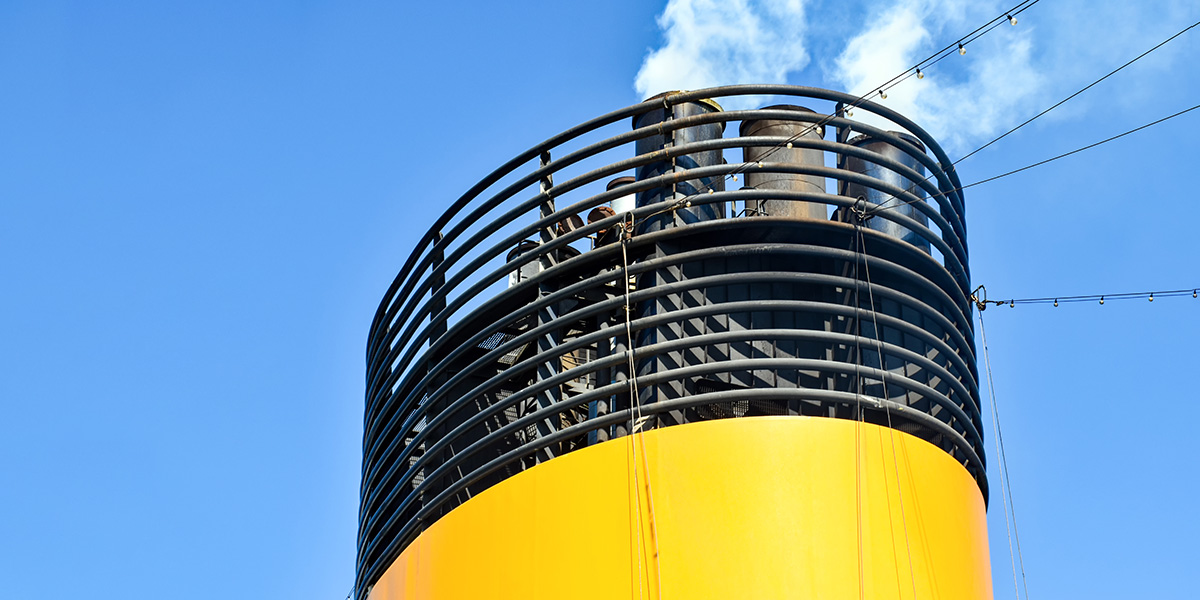
What is Onboard Carbon Capture and Storage?
Lauded for its capacity to shape climate action, carbon capture technology simply refers to any technology that removes existing carbon dioxide from the atmosphere or that catches carbon before it is released into the atmosphere. While there are many different types of carbon capture technology, the most common method is amine-based CO2 capture.
This process involves routing emitted exhaust or “flue gas” through ducts into a cooling tower in order to reduce the temperature. Once the gas has been cooled, it is moved to an absorber, which runs the gas through a chemical solution made up of compounds called amines. The amines bind to the CO2 and keep the CO2 in the absorber while the remaining carbon-free exhaust is vented into the air. The pure CO2 is finally converted from a gas to a fluid and is then ready to be transported for underground storage or further utilization.
OCCS involves installing carbon capture systems onboard ships and integrating them within the vessel’s fuel systems. Carbon can be captured onboard ships using one of two methods: pre-combustion, which involves converting the ship’s fuel into a gas and capturing CO2 before combustion, or post-combustion, which captures the CO2 from the ship’s exhaust using a variety of methods. Captured CO2 is stored onboard either as a liquid in high-pressure tanks or as a solid in mineral form such as limestone.
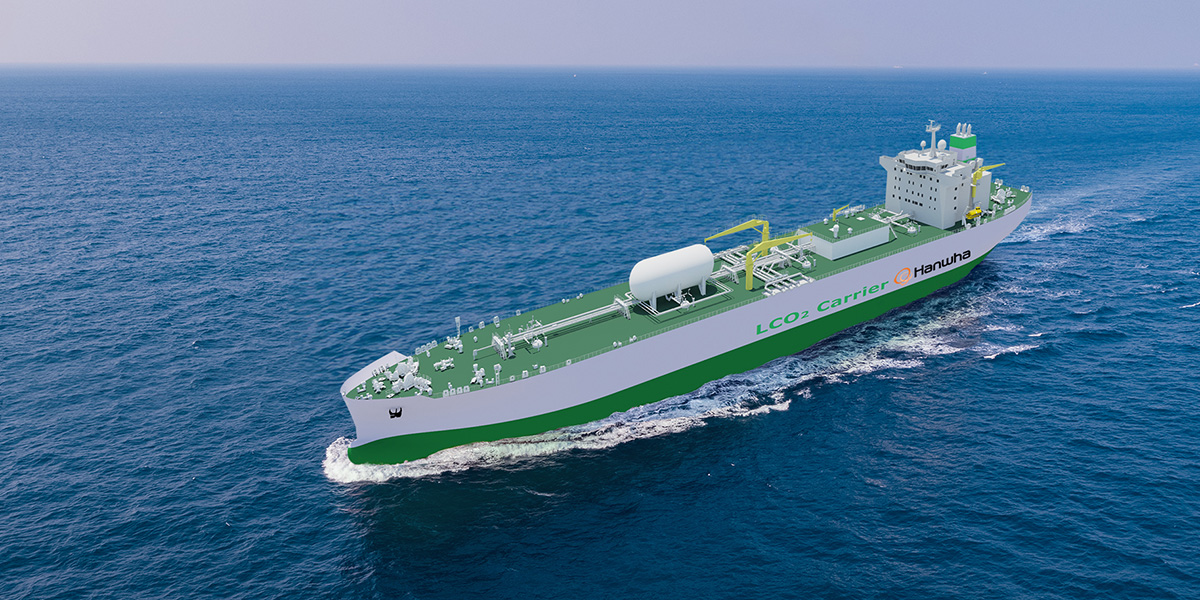
Hanwha Ocean’s liquefied CO2 carrier ship on display
Overcoming Challenges and Building Out Sustainability
As with any emerging technology, there are various challenges that must be addressed in order to extend OCCS applications throughout the industry. One such challenge is infrastructure, as space onboard vessels is limited. OCCS requires ample space for the carbon capture system itself, storage tanks, and the power systems needed to provide additional energy.
Likewise, sequestered carbon must be converted to a usable state, with current methods for utilizing carbon being presently insufficient for widescale use. Due to the high costs associated with carbon conversion for utilization, industrial development remains limited. In order to adequately manage the transportation and storage of captured carbon while ensuring additional cargo can be transported efficiently, infrastructure must be significantly scaled up.
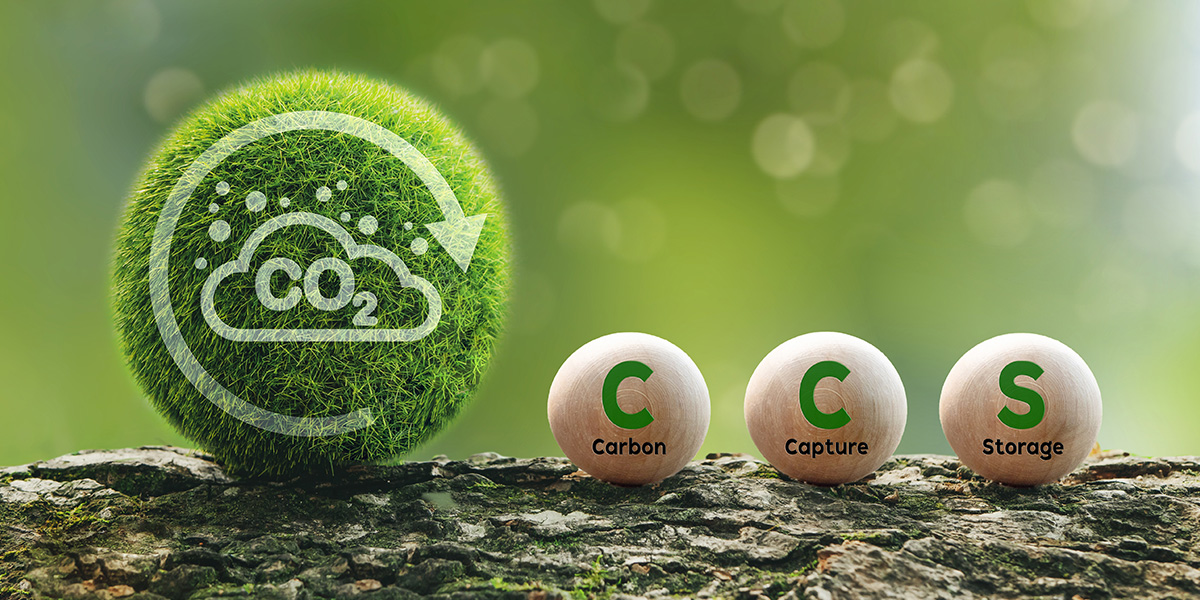
To address these challenges and further technological progress, companies like Hanwha Ocean are taking measurable strides to ensure OCCS is a reliable and future-forward solution. Hanwha Ocean began actively developing OCCS technology in 2022 after partnering with Greek shipping company GasLog. The company received four liquified natural gas (LNG) carriers from GasLog and will retrofit these vessels with OCCS technology, aiming to complete this process and return the ships by 2024.
Hanwha Ocean’s OCCS system is smaller and uses less energy than other OCCS industry tech — making it more compact, energy-efficient, and ideal for installation and utilization onboard maritime vessels. The company is exploring potential use of ammonia water as a natural way to capture and store CO2 emissions in mineral form safely, allowing it to be processed on land or disposed into the sea in the future. Hanwha Ocean recently received Approval in Principle (AiP) for its OCCS system, confirming the viability of the technology design and compliance with regulations. The AiP marks a major step in securing this technology’s place within the industry going forward.
Working to realize a carbon-free future, Hanwha Ocean has also been developing advanced technologies that help promote sustainability and leverage OCCS’ full potential.
The company is working to develop green ships that run on eco-friendly propulsion systems based on ammonia, methanol, and hydrogen. By utilizing pre-combustion OCCS methods — which involve separating hydrogen and CO2 from flue gas before it is burnt — the resulting hydrogen mixture could be used as a fuel in circularity onboard ships. Additionally, captured carbon could be converted into solid carbon nanotubes, a building material that is stronger than metal and that can be used to construct various structures or vehicles.

A Green Step for a Blue Ocean
Taking the maritime industry to net zero will eventually require the development and adoption of lower and zero-carbon fuels such as ammonia and methanol. While development is growing and becoming more viable, widescale deployment remains far off. OCCS can fill these industry gaps, as it can lower emissions drastically in the interim and act as a fundamental intermediary step in the path toward complete decarbonization.
Utilizing its industry expertise and fearless ingenuity, Hanwha remains dedicated to building out future-forward technologies such as OCCS to overcome tomorrow’s climate challenges today.

